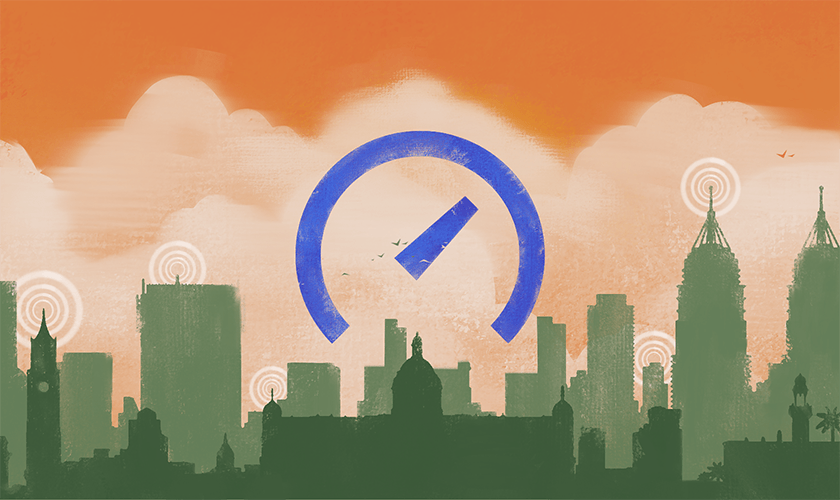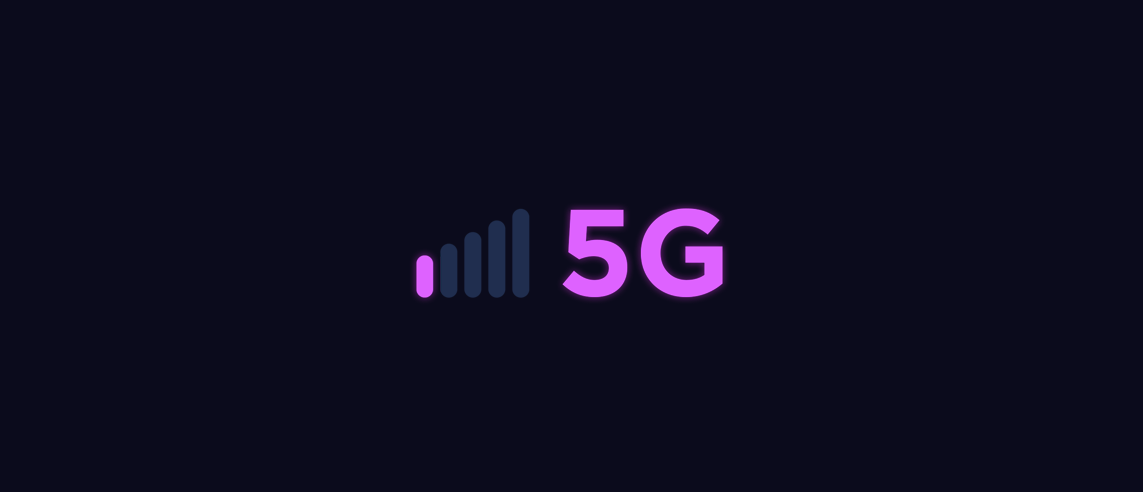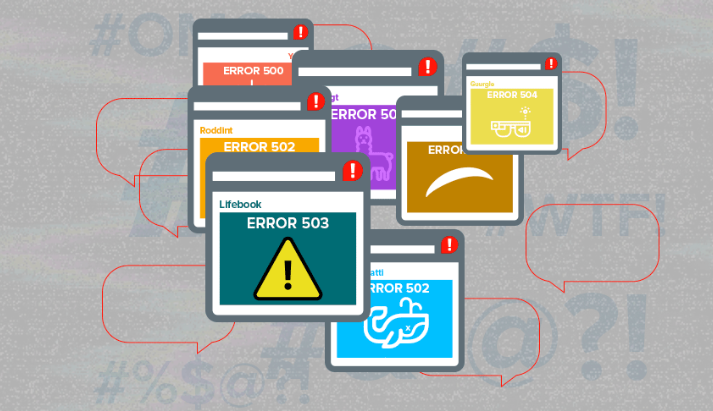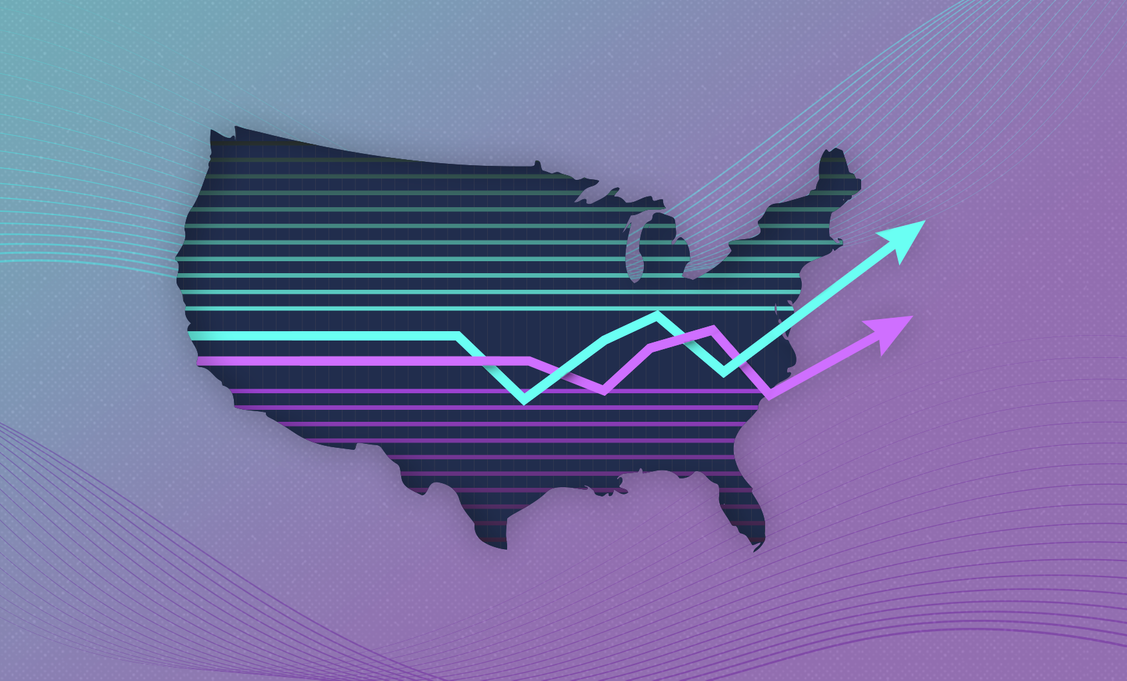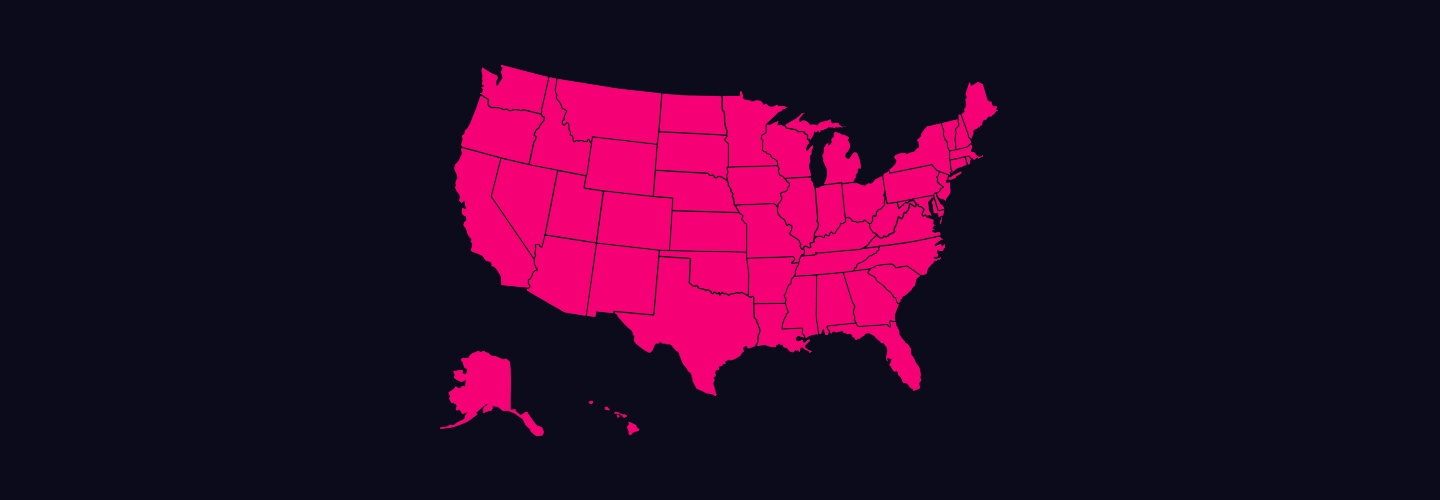India’s mobile network market has seen astounding growth and evolution since the country’s first mobile call in 1995. Local operators’ efforts to improve and expand 4G coverage across the country have provided customers in India with an increasingly fast and modern mobile internet experience. Data from Speedtest IntelligenceTM reveals details on performance across India’s mobile network landscape.
5G is in the news as competing operators roll out deployments in a race to have the fastest service in the most places. At Ookla®, we’ve observed astonishing 5G speeds that live up to the hype. But 5G headlines can be confusing for consumers who are trying to sift through conflicting claims that are often based on limited (if not deeply flawed) data.
According to data from Ookla, the quality of US mobile and fixed internet networks suffered as a result of COVID-19. As individual states implemented mandatory lockdowns and Americans spent more time indoors, internet consumption surged resulting in a virtual traffic jam. Streaming entertainment, video-conferencing, and social-media are the main culprits.
“Try again later” was a phrase that frustrated users all over the world during the multiple online service outages in Q2 2020. Analyzing Downdetector data from Q2 2020, we focused on user-reported service disruptions in five categories: social media, communications service providers, collaboration platforms, gaming and financial institutions.
Data from Speedtest Intelligence reveals median download speed over mobile in the U.S. increased 15.8% between Q2 2019 and Q2 2020 to 29.00 Mbps. The median upload speed for mobile was 5.74 Mbps, down 15.2% from Q2 2019. Median download speed over fixed broadband increased 19.6% during the last year to 86.04 Mbps in Q2 2020, and median upload speed increased 1.5% to 11.86 Mbps in Q2 2020.
On June 15, Downdetector® received numerous reports that T-Mobile was down in the United States. The peak of the outage reports on that day came in around 12:00 pm, PST. There were 113,980 reports during that peak. Soon after, users began reporting issues with AT&T and Verizon (and other smaller operators) as well, though in much smaller numbers (3,861 and 8,619 reports, respectively, at around 1:30 pm, PST).
As people around the world quarantined, the first thing people turned to in these desperate times was toilet paper. The second thing they turned to was Netflix, or Hulu or a host of other online video providers. The surge of Netflix hours had many concerned that the Internet would crash.







